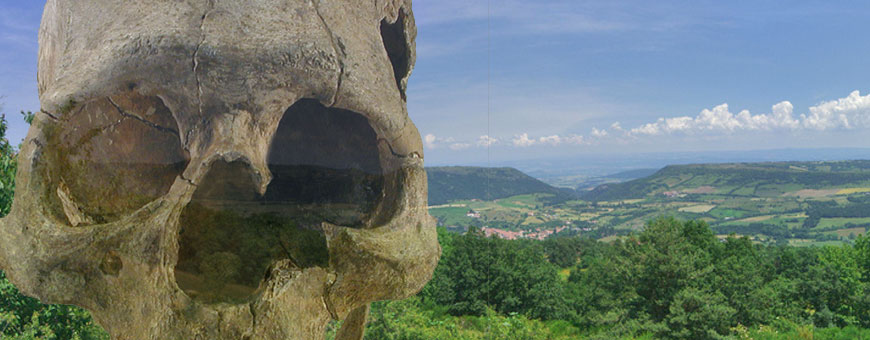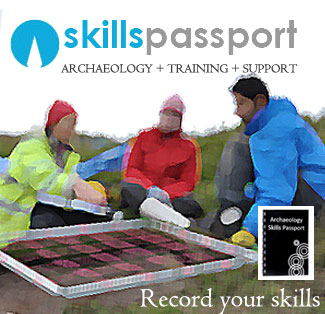
Interested in learning more about human remains or need to practice your osteology skills?
 Museums Luton is hosting one or two day human remains workshops as part of a project to further our understanding of health in and around Luton and allow people the opportunity to directly analyse human remains from the Roman and Medieval periods.
Museums Luton is hosting one or two day human remains workshops as part of a project to further our understanding of health in and around Luton and allow people the opportunity to directly analyse human remains from the Roman and Medieval periods.
This is an ideal opportunity for undergraduates and graduates in archaeology and forensics, local archaeologists from societies as well as anyone who wants to know more about osteology and what human remains can tell you. It is a great way to gain experience of human remains in a museum environment and learn about the past from people who lived through it. Classes are limited to ten students to ensure maximum access to the remains and guidance from a trained osteoarchaeologist with experience on hundreds of skeletal remains.
The day will include:
- training in how to identify different bones and layout a human skeleton;
learning how to clean, box, and curate remains;
- determining sex, age, and height of individuals;
- identifying different pathologies and the health of a person at death;
- using skeletal remains and other evidence to reconstruct life in different periods;
- reviewing the different stages of skeletal remains from burial, archaeological excavation, osteological study, curation or reburial.
Course dates
17-18 December 2011 and
21-22 January 2012
£97 per day
For more details or to book a place please contact:
Dr David Klingle, Osteoarchaeologist at
david.klingle@yahoo.co.uk | Phone: 07578 32341
About Tutor
Dr David Klingle has a Ph D from the University of Cambridge in Archaeology. For his doctoral work he conducted skeletal analyses on hundreds of individuals from Roman and Anglo-Saxon Cambridgeshire and Bedfordshire and compared this data with detailed information from several thousand additional remains from sites from throughout England to explore issue of lifestyle and migration in the transition from Roman to Anglo-Saxon England. He has excavated sites ranging from Early Medieval cemeteries in England and France to Iron Age cities in Israel to Roman settlements in England and Austria to Native American and historical archaeological sites in the USA. His primary interests are osteoarchaeology, Roman and Anglo-Saxon England, and understanding lifestyle and migration in the past.


